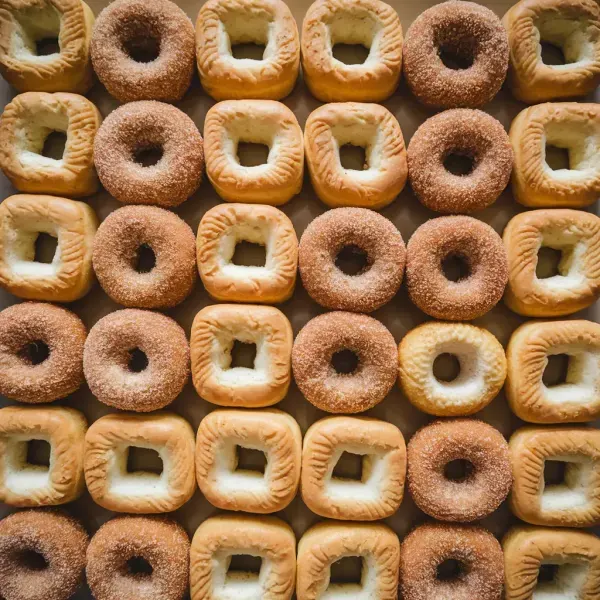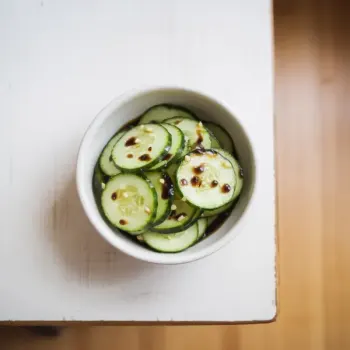
 159 minutes
159 minutesDeliciously light and crispy donuts made from milk bread dough, fried to perfection and coated in granulated sugar.


Milk Bread Dough, ingredients mixed, ready for first proofing
0 batch
Neutral Oil, for frying
cups
White granulated sugar, for tossing the donuts
cups
1. First Proofing
Let the Milk Bread dough proof for 1 to 2 hours, until it doubles in size.
2. Knead Dough
Punch down the risen dough and knead it on a clean, unfloured surface for about 5 minutes to eliminate any large air bubbles.
3. Shape and Cut Dough
Prepare a sheet pan by lining it with parchment paper. Shape the dough into a ball, then use a rolling pin to roll it out to a thickness of about ½-inch. Using a 2½-inch round biscuit cutter, cut the dough into circles. Make a small dimple in the center of each dough circle with your index finger.
4. Second Proofing
Cover the dough circles with a clean kitchen towel and let them proof for another 15 minutes.
5. Heat Oil
Meanwhile, heat the neutral oil in a deep medium pot to a temperature of 300°F.
6. Fry Donuts
Set up a cooling station with a wire cooling rack placed over a sheet pan. Fry the donuts in batches, maintaining the oil temperature between 285 to 300°F. Fry each batch for 10 to 12 minutes until the donuts are light golden brown. Transfer them to the wire cooling rack to cool for about 10 minutes.
7. Toss in Sugar
While the donuts are still warm, toss them in a medium bowl filled with white granulated sugar. The sugar adheres best when the donuts are warm. Transfer the sugared donuts back to the wire rack to finish cooling.
Use high-quality, fresh ingredients such as bread flour for a chewier texture and full-fat milk for richness.
Maintain oil temperature between 350°F and 375°F for even frying without burning or greasiness.
Knead until smooth and the dough passes the "windowpane test" for the right gluten development.
Ensure your yeast is fresh by dissolving it in warm milk with sugar. If it doesn't foam, it may be stale.
Allow enough time for the dough to rise in a warm, draft-free environment until it doubles in size.




Comments (0)